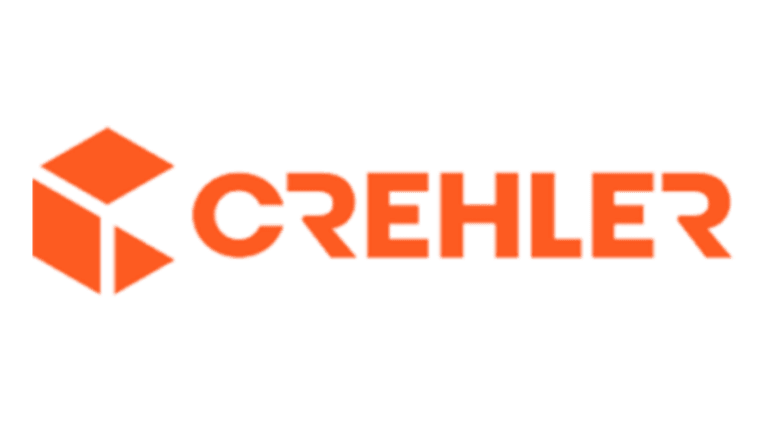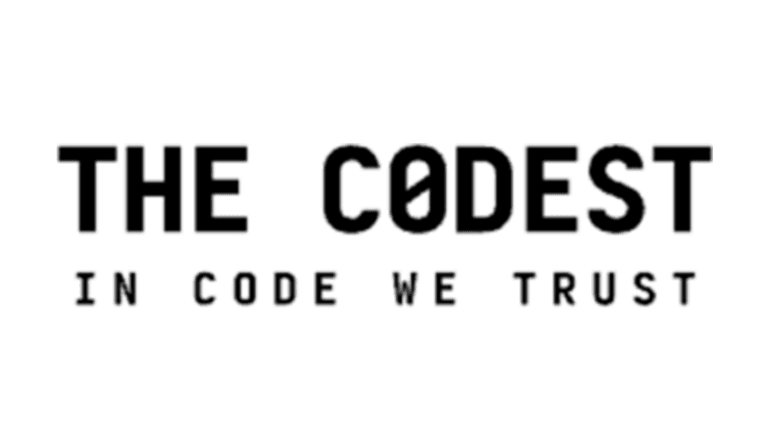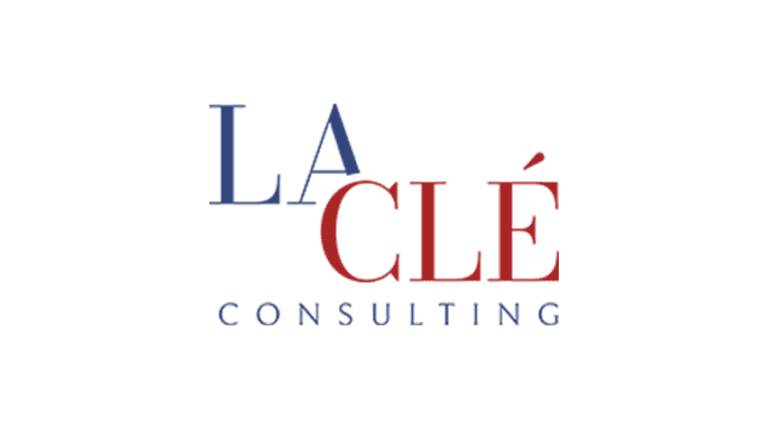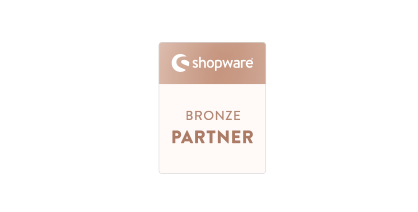At some point, every growing e-commerce business faces the same question: should we keep stretching our off-the-shelf platform or start investing in something more custom?
It’s a real fork in the road. On one side: ready-made platforms that promise speed, lower upfront cost, and a full marketplace of plugins. On the other, custom builds that demand bigger decisions (and budgets) but offer freedom you just can’t fake.
This article breaks down when each path makes sense. We will show real signals you can spot in your own business.
Why off-the-shelf platforms dominate the early game
Let’s start with the obvious: almost every store begins with an off-the-shelf solution. And for good reason.
The real strengths of off-the-shelf
Ready-made platforms like Shopify, Shopware, Magento, or WooCommerce make it incredibly easy to get started. You don’t need a development team on day one. You don’t need to worry about hosting or infrastructure. You can pick a template, add products, set up payment gateways, and start selling.
That speed to market is priceless when you’re validating your business idea or expanding into e-commerce for the first time. The lower upfront cost also makes it attractive: a few hundred dollars a month in subscriptions feels manageable compared to a custom build that could run into six figures.
And then there’s the ecosystem. Plugins for payments, shipping, SEO, or remarketing are available at your fingertips. For most businesses at the beginning of their journey, that’s all they need.
When off-the-shelf is the right fit
Off-the-shelf works best when:
- Your catalog is relatively small (hundreds or low thousands of SKUs).
- You operate in a single country with straightforward logistics.
- You’re in B2C, with standard checkout and simple user flows.
- Compliance requirements are low (no finance- or health-level regulations).
- Your focus is speed, experimentation, and getting sales rolling.
If this is where you are, off-the-shelf is a perfect fit. Anything more would be overkill.
Pros and cons of the off-the-shelf e-commerce solutions
| Pros | Cons |
|---|---|
| Fast time to market | Limited customization beyond what’s offered |
| Lower upfront cost | Can get expensive at scale (apps, enterprise plans) |
| Access to huge plugin ecosystems | Plugin conflicts, bugs, and maintenance overhead |
| Tested, stable, and supported by big communities | Harder to stand out – risk of generic look & feel |
| Predictable subscription pricing | Lock-in to vendor roadmap and limits |
| Great for MVPs and early growth | Scaling complex B2B or multi-market setups gets tricky |
The hidden cracks that appear
But as businesses grow, cracks start showing.
The slow buildup of limitations
It usually starts small. A feature you’d like isn’t available out of the box, so you add a plugin. Then another. Soon, you’re running 30-40 plugins, all from different vendors, with different update cycles. Something breaks, nobody knows why, and your development team (of course, if you have one) spends days patching instead of building.
Meanwhile, license costs grow. As sales increase, so do subscription tiers. Add enterprise support, analytics, or advanced modules, and the “cheap” platform suddenly starts eating up more budget than expected.
The biggest problem, though, is flexibility. Off-the-shelf solutions come with assumptions that your customers buy in certain ways, that your checkout looks a certain way, and that integrations follow a predefined logic. When your business model doesn’t fit those assumptions, you’re forced into workarounds that get messy fast.
Typical pain points
- Checkout processes that can’t reflect real-world workflows.
- Pricing models too complex for the system (B2B discounts, tiered pricing, contracts).
- Integration failures with ERP, CRM, or PIM systems.
- Performance issues once the product catalogs and traffic scale.
- A customer experience that looks like everyone else’s.
At that point, the platform stops being an accelerator and starts being a cage.
Leaders are rethinking scale
A 2024 IDC report showed that 67% of business leaders plan to change their commerce platform over the next three years, and one of the main drivers is scalability.
When custom becomes the logical next step
So, when does it make sense to leave the safe zone of off-the-shelf and build something custom?
The signals you can’t ignore
- Complex workflows:
These can be B2B portals, RFQ (request for quote) processes, or multi-step order approvals. - High-volume operations:
Tens of thousands of products, multiple warehouses, thousands of simultaneous users. - Integration complexity:
- ERP, CRM, PIM, warehouse management, and you need them to talk without constant babysitting.
- Security and compliance:
Operating in regulated industries, handling sensitive data, or needing specific certifications. - Differentiated brand experience:
When “just another template store” won’t cut it because customer experience is your edge.
Custom isn’t only for Amazons of the world
Some worry custom means a long, expensive project for only mega brands. But that’s not true. Most custom solutions build on solid foundations, like extending Shopware or a headless setup. That means you don’t start from zero.
What custom doesn’t mean
- It doesn’t mean starting from scratch. Most projects still use a proven foundation (like Shopware or a headless framework) and extend it.
- It doesn’t mean endless cost. Yes, upfront investment is higher. But the ROI often balances out once you factor in years of subscription fees, plugin maintenance, and lost business opportunities.
- It doesn’t mean only Amazon-scale players. Mid-sized businesses outgrow off-the-shelf just as fast. A wholesaler with 20,000 SKUs faces challenges Shopify was never built to solve.
The key is to frame custom as an investment in growth.
Pros and cons of the custom e-commerce solutions
| Pros | Cons |
|---|---|
| Tailored exactly to your business needs | Higher upfront investment |
| Unique customer experience and brand feel | Longer time to launch |
| Scales with your processes and growth | Requires ongoing dev resources |
| Flexible integrations with ERP, CRM, PIM, etc. | Harder to switch vendors or teams mid-way |
| Stronger security and compliance options | Risk of over-engineering if scope not clear |
| Lower long-term costs once platform fees and plugin chaos are removed | More responsibility on your side for product ownership |
Key factors to consider
Now that we’ve mapped out the general pros and cons, let’s look at the real decision drivers. These are the questions that usually tip the balance one way or the other.
Cost and total cost of ownership (TCO)
Cost is always the first question. Off-the-shelf looks cheaper upfront – a hosted platform for under $100/month, and you’re online. Custom often starts in the tens of thousands, even for a “basic” build.
But wise leaders look beyond the sticker price. What matters is TCO over 3-5 years.
- Off-the-shelf = predictable but may be endless: subscriptions, transaction fees, plugin costs, higher tiers as you scale.
- Custom = high entry price, but no per-transaction fees, no vendor lock-in. Ongoing costs are hosting + development.
For some mid-sized firms, the combined cost of SaaS subscriptions + paid apps over 5 years ends up similar to a custom build, sometimes higher. For a startup, SaaS is perfect to conserve cash. For an enterprise with capital, custom can pay back long-term through independence and differentiation.
Always model both scenarios 3-5 years out. Project doubled sales, higher traffic, and see where each option lands.
Flexibility and customization
This is the heart of the choice. How unique are your needs?
- If your sales process is close to “standard retail,” off-the-shelf is fine.
- If you need custom pricing, configurators, non-standard checkout, or B2B logic (quotes, re-orders, contracts), custom starts to make more sense.
Differentiation is another factor. If your strategy is to stand out, you’ll hit the ceiling of off-the-shelf sooner or later. Open-source platforms like Shopware give you a hybrid path: strong out-of-the-box base, but open for deep customization with custom modules.
Scalability and growth
Once again, think 2-5 years ahead. Will you expand into new markets, currencies, business models?
- Off-the-shelf = handles technical scaling for you, but forces enterprise plans at volume.
- Open-source or custom = more responsibility on your side, but ultimate flexibility.
If you plan to go global, SaaS often has pre-built multi-currency and multi-language tools – a big head start. If you plan to pivot into unique models (marketplaces, subscriptions, etc.), custom lets you build exactly what you need without hacks.
Time-to-market
Need to sell next week? Off-the-shelf wins. You can launch in days.
Custom is slower. Even a slim MVP takes weeks, a full store months. That’s why many companies do a two-phase strategy: launch SaaS to validate → build custom once revenue is proven.
Off-the-shelf also makes small changes faster (new payment method = app install). In custom, you’ll need dev time. But long-term, a well-built custom platform tailored to your workflows may save time in expansions.
Ownership and control
This comes down to your appetite for risk and control.
- Regulated industries (finance, healthcare) → often can’t use cloud SaaS. They need a self-hosted or custom solution for compliance.
- Strategic advantage → if your online sales are your differentiator, owning the tech is safer.
- Risk outsourcing → off-the-shelf handles security patches, updates, and uptime. With custom, you need expertise.
Vendor lock-in is another angle. Can you afford to be tied to one provider’s roadmap? For some, that’s fine. For others, unacceptable.
The hybrid path: not all-or-nothing
It’s worth stressing that this isn’t a binary choice. Few companies jump from Shopify starter plans straight into entirely custom builds.
A staged approach that works
- Start off-the-shelf. Use what’s available to validate your business model.
- Add custom elements where it counts. Build custom integrations, tailor checkout flows, or design unique customer experiences.
- Rebuild core architecture only when ROI is clear. Once the costs of patching outweigh the cost of a tailored build, it’s time.
How to decide: questions to ask yourself
Still not sure if it’s time? Here are some questions that usually give a clear answer:
- Are we bending our business processes to fit the platform?
- Do we rely on constant manual workarounds?
- Are integrations breaking too often or costing too much to maintain?
- Is our customer experience limited by templates and plugins?
- Do we see license fees rising faster than value delivered?
- Do we already know our long-term goals (multi-country, B2B, custom pricing) are impossible to achieve here?
If most answers are “yes,” you’re past the point of stretching your current solution.
Practical scenarios and use cases
Theory is helpful, but the decision usually gets clear when you map it to your business. Below are a few real-world scenarios that show how the choice between off-the-shelf and custom often plays out.
Complex B2B commerce requirements
Scenario: You sell to other businesses. You need bulk orders, client-specific price lists, quotes, maybe even catalogs or custom payment terms.
Most mainstream e-commerce tools were built with B2C in mind. Forcing Shopify-like setups into B2B often means endless workarounds. But there are exceptions: platforms like Shopware or Magento have strong B2B modules (tiered pricing, quote management).
When custom wins:
- If you need to integrate with buyers’ procurement systems.
- If you manage configurable products with complex pricing.
- If your sales team is drowning in manual quote emails because the store can’t handle it.
For small experiments, start with off-the-shelf B2B plugins. But if B2B is your core channel, custom (or heavily customized open source) is usually the safer bet.
Multi-market and international expansion
Scenario: You want to sell across borders with local currencies, languages, and compliance.
Many SaaS tools now ship with “global-ready” features like multiple currencies, tax calculations, and translation tools.
When custom wins:
- If you need different product lines or designs per country.
- If you must integrate with local payment providers not supported by the big platforms.
- If regulations require data hosting in a specific country.
If speed matters, off-the-shelf global features are a gift. But if your international strategy is complex (different brand identities per market, niche payment flows), you’ll eventually need custom or open-source self-hosted.
Integration with legacy systems
Scenario: Your ERP, CRM, or inventory system is staying. The e-commerce store must integrate smoothly.
Off-the-shelf platforms usually offer APIs, webhooks, or pre-built connectors (Salesforce, SAP, etc.). But if your legacy software is obscure or requires real-time sync, off-the-shelf integration can be slow or even impossible.
When custom wins:
- You need two-way, real-time data sync (not nightly CSV dumps).
- The platform doesn’t expose enough via API.
- Your order flow breaks if the sync lags.
Map integrations first, then choose the platform. If you’re already building middleware, consider whether full custom will actually be cleaner in the long run.
Unique or innovative business models
Scenario: You’re not a standard retailer. Maybe you run a subscription box, rental service, marketplace, or some hybrid model.
Most off-the-shelf tools were built for physical or digital goods. Subscription logic? Often covered by plugins. Marketplaces? There are extensions, but successful ones usually go custom to handle trust, payments, or complex workflows.
When custom wins:
- If your model is your differentiator.
- If you’d need to “hack” five different plugins together to make it work.
- If your idea is closer to an exchange or platform than a store.
Off-the-shelf can be a fast pilot, but custom is the real path when your business model doesn’t fit retail molds.
Regulatory and compliance complexity
Scenario: You sell in a regulated industry (pharma, finance, healthcare) or face strict data residency rules.
- SaaS platforms often help with common compliance (PCI DSS, GDPR cookie tools).
- But some regulations (HIPAA, data residency laws) can’t be guaranteed on multi-tenant SaaS.
When custom wins:
- If you must host all data on-prem.
- If you need precise compliance controls that SaaS doesn’t allow.
List your non-negotiable compliance needs first. If a SaaS vendor can’t meet them, cross it off. In high-regulation industries, open source or custom is usually the safer bet, even if more complex.
Final thoughts
Choosing between off-the-shelf and custom is less about the tech itself and more about timing. Off-the-shelf is the smart move early on. It gets you live, keeps costs down, and lets you focus on finding customers. But once growth kicks in and your business model demands more than templates and plugins can deliver, custom becomes the only way forward.
In other words, the platform should fit your business, not the other way around.
GET IN TOUCH
If your current platform feels stretched to the limit, it might be time to step back and re-evaluate.
Wanna see where you are and where you could go?




